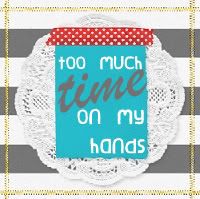Tuesday, September 21, 2010
HFCS or Table Sugar?
What is the difference between high-fructose corn syrup and table sugar? Which one is best? We think they should all be avoided, or at least minimized in kids' diet. There are much better options out there such as honey, maple syrup, etc (or nothing!).
Here is some interesting clarification published by the New York Times:
"Most nutrition scientists say that consumer anxiety about high-fructose corn syrup is misdirected. Only about half of the added sugar in the American diet comes from corn sources. All added sugars, they say, including those from sugar cane and beets, are cause for concern. Sugar calories now account for 16 percent of the calories Americans consume, a 50 percent increase from the 1970s.
High-fructose corn syrup and sucrose, also known as table sugar, are made up of about the same amount of glucose and fructose. The American Dietetic Association says the two sweeteners are “nutritionally equivalent” and “indistinguishable” once absorbed in the bloodstream. The American Medical Association has said it’s “unlikely that HFCS contributes more to obesity or other conditions than sucrose.”
But there are some differences. To make table sugar, the sugar from beets and cane essentially is squeezed out of the plants. Corn syrup, meanwhile, is heavily processed using enzymes to turn cornstarch into glucose and then fructose.
In high-fructose corn syrup, the glucose and fructose molecules are chemically separate. In table sugar, the molecules are chemically bonded, forming a disaccharide that is broken apart inside the body."
Source: nytimes.com
Subscribe to:
Post Comments (Atom)















No comments:
Post a Comment